
Laptops for Interior Designers
The Ultimate Guide to Laptops for AutoCAD, Revit, and Photoshop
Designing and drafting professionals often find themselves relying on resource-intensive software like AutoCAD, Revit, and Photoshop to bring their creative visions to life. To ensure a seamless experience with these applications, choosing the right laptop becomes crucial. In this guide, we’ll explore the requirements for running AutoCAD, Revit, and Photoshop, and present three options across different price ranges – affordable, mid-priced, and top-of-the-line.
The shift of software applications like AutoCAD, Adobe, and Revit to the cloud has significant implications for the key requirements of computers to run these programs. Moving to the cloud means that the heavy lifting of processing and rendering is done on powerful servers rather than on individual local machines. Overall, this shift allows for greater flexibility and efficiency in using resource-intensive applications without the need for top-tier local hardware.
Processor (CPU): A multi-core processor, preferably from Intel Core i7 or AMD Ryzen series, is recommended for efficient multitasking and rendering.
RAM: AutoCAD, Revit, and Photoshop are memory-intensive applications. A minimum of 16GB RAM is advisable, but for smoother performance, 32GB or more is recommended.
Graphics Card (GPU): These applications benefit from a dedicated GPU. NVIDIA GeForce or Quadro and AMD Radeon Pro series are popular choices.
Storage: Solid State Drives (SSD) are essential for faster boot times and application loading. A minimum of 512GB SSD is recommended.
Display: A high-resolution display with accurate color reproduction is essential, especially for Photoshop. A 15-inch or larger screen with at least Full HD resolution is ideal.
Build Quality and Portability: For professionals on the go, a durable and portable laptop is crucial. Look for a slim and lightweight design without compromising build quality.
Now, let’s explore options across different price ranges:
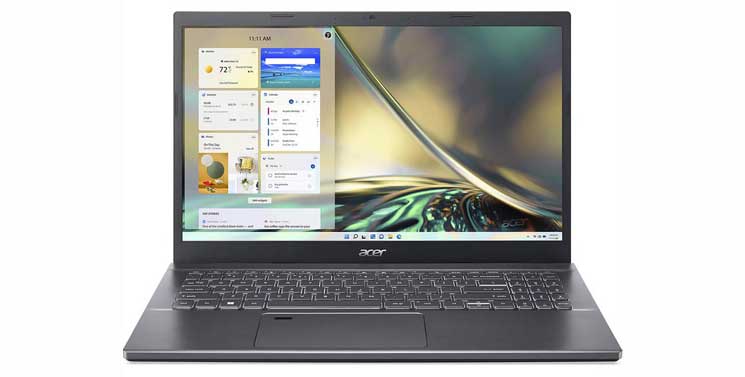
Affordable Option: Acer Aspire
$500-$750
The Acer Aspire 5 provides a budget-friendly solution without compromising on essential specifications. It offers decent performance for smaller projects and is suitable for entry-level users.
$850-$1100
The long battery life and rapid charging capabilities contribute to the laptop’s practicality, ensuring users can stay productive on the go without worrying about running out of power. Overall, the Lenovo Yoga 7i combines performance, versatility, and a visually pleasing display, making it a compelling choice for users seeking a well-rounded and capable computing device.
$800-$1000
The stunning display, often featuring a high-resolution and color-accurate screen, further enhances the visual experience, making it suitable for creative professionals and multimedia enthusiasts. Additionally, the durable build quality, long battery life, and innovative features, such as the ScreenPad or ErgoLift hinge, contribute to the overall appeal of the ASUS ZenBook as a reliable and premium.
$1600-$2500
For those seeking unparalleled performance and are willing to invest, the MacBook Pro 16-inch with the M1 Pro or M1 Max chip is a top-of-the-line choice. Its powerful hardware and exceptional display make it a preferred option for professionals in design and content creation.
The choice between these laptops depends on personal preferences, budget, and specific needs. If affordability is a priority, the Acer Aspire 5 is a good option. The MacBook Pro 16-inch offers top-of-the-line performance but comes with a premium price tag. The Lenovo Yoga and Asus ZenBook provide additional versatility with their 2-in-1 designs, and the choice between them may depend on specific features and configurations within your budget.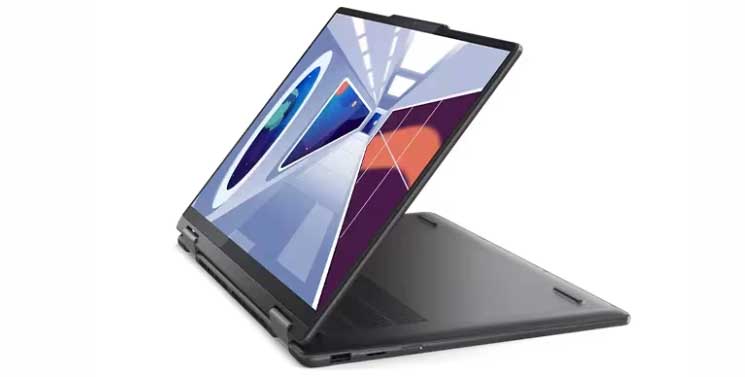
Mid-Priced Option: Lenovo Yoga 7i or 9i
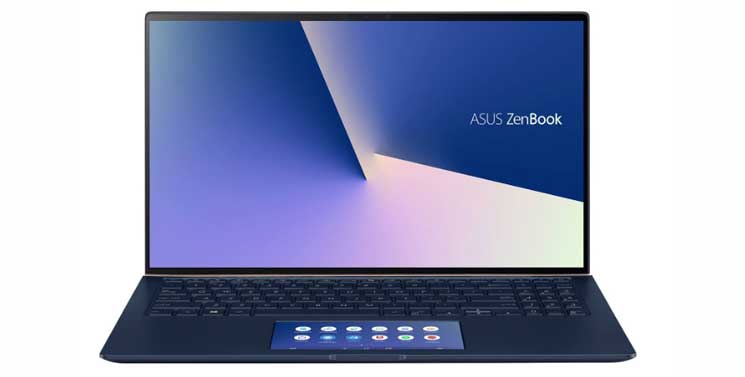
Mid-Priced Option: Asus Zenbook 15
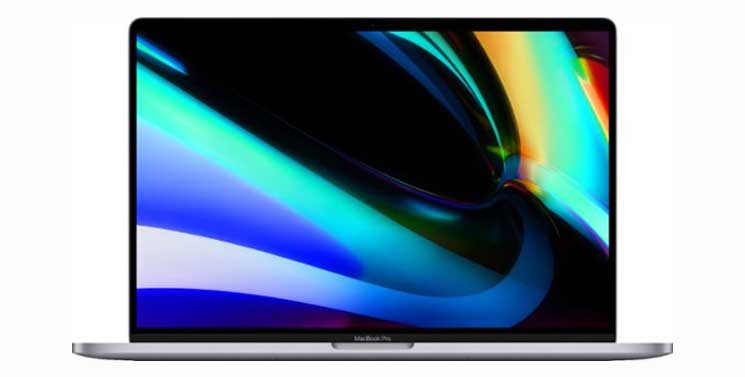
Top-of-the-Line Option: MacBook Pro 16-inch
XOXO,


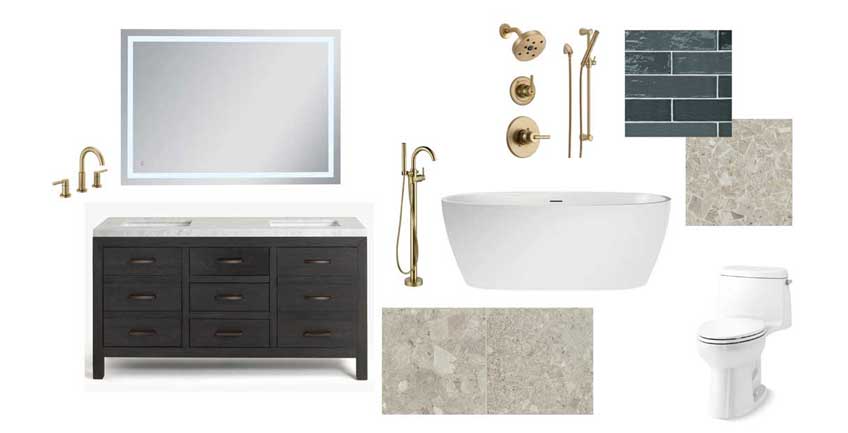 Interactive Links in Google Slide
Interactive Links in Google Slide